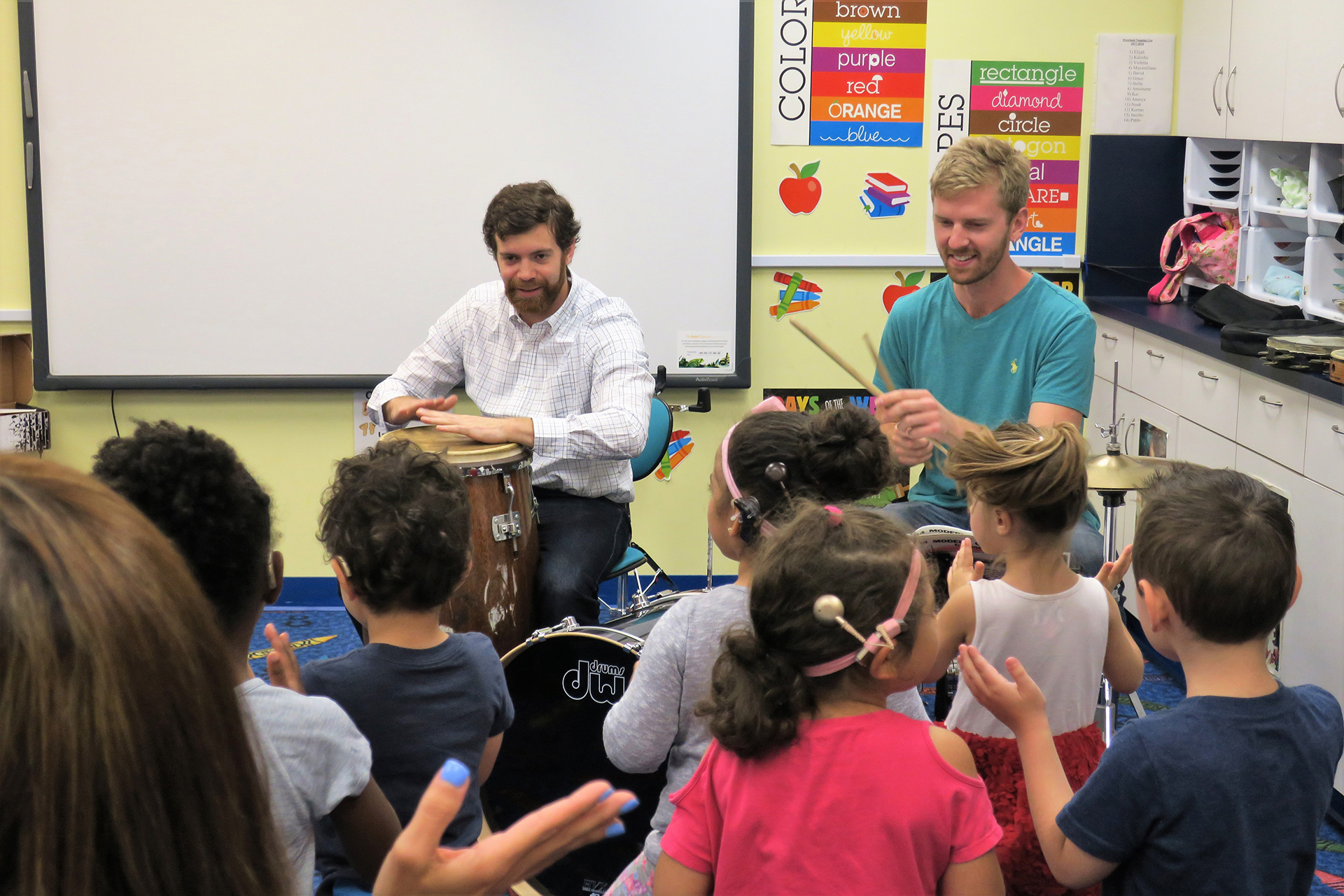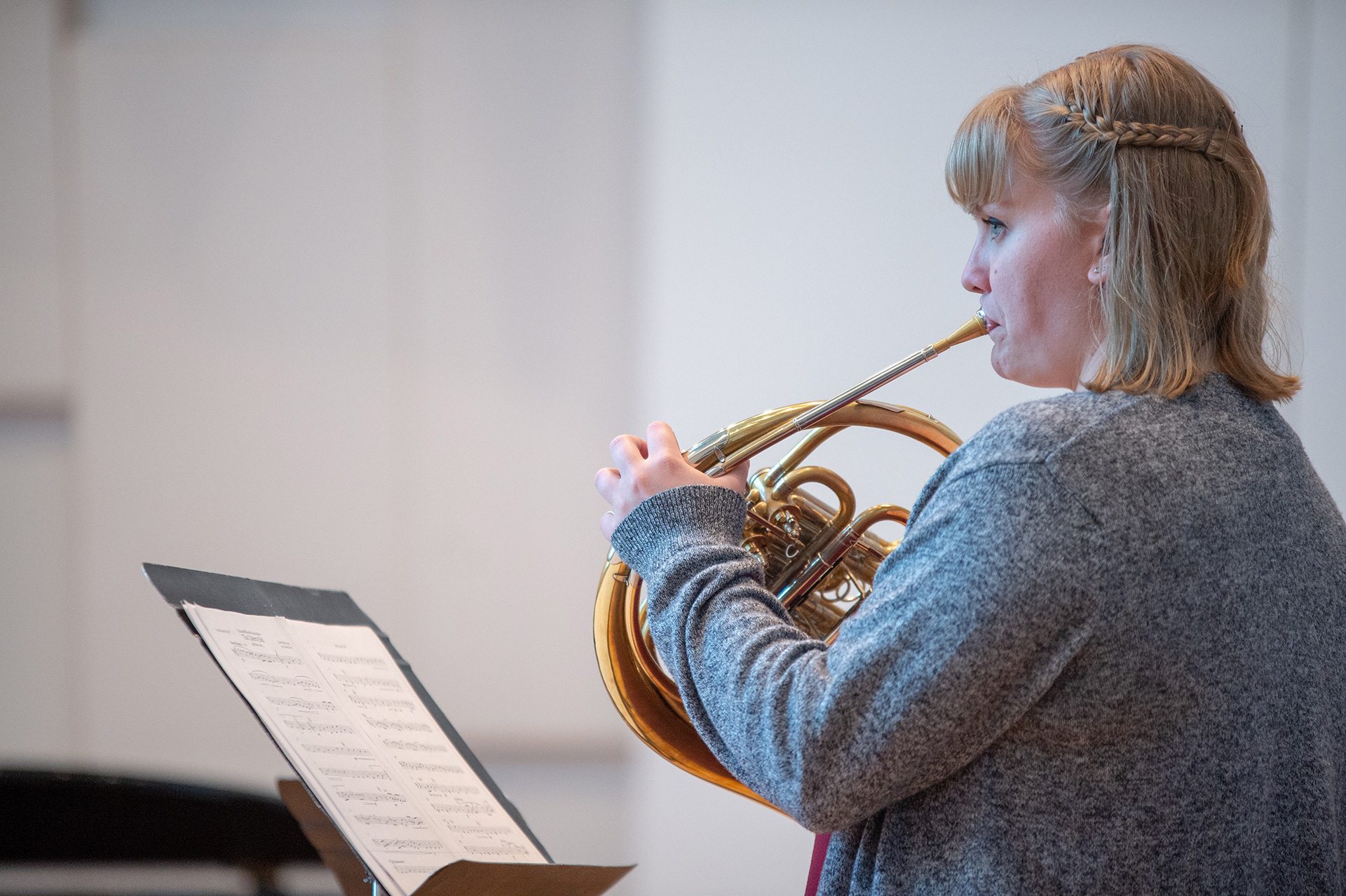Scene Painting

Goals
Audience will make connections between music and imagery by relating musical elements and elements of a scene.
Overview
Paint a scene for your audience to imagine while listening.
Process
- In the piece you are performing, identify what images come to your own mind. Alternatively, create a scene that fits into your entry point/line of inquiry, using musical elements from your piece to inspire this scene.
- Detail this scene for yourself. Identify a few musical moments/elements that relate to specific things in your scene.
- Transform your description and examples into a script to be delivered to your audience. This might go something like: “When you listen, we’d like to invite you to imagine [description of your scene]… the [musical element] depicts [corresponding element in the scene]…”
Audience Type

What does this activity look like in action?
Example Script:
Piece: Messiaen’s Interstellar Call from Des Canyons aux Étoiles
Performer: This piece was inspired by a visit the composer made to Bryce Canyon National Park in Utah. Bryce Canyon is a beautiful place with some of the most remarkable and unique rock formations, shaped in huge pillars that extend into the sky. The rock comes in beautiful colors of red and orange spreading out in vast numbers to form this enormous canyon. I would invite you to imagine this scene around you, perhaps at night time, stars shimmering in the sky, amidst the grandeur of these immensely tall rock formations, letting the sound echo all around us. As you listen, you might hear wind [musical example], coyotes howling [musical example], or the slow echo of movement in the dark [musical example]. [Perform the Messiaen].

Modifications
- Ask the audience to paint the scene instead of you. Play the musical selection first and ask what scene the audience imagined. I.e., “As you listen to this piece, we would invite you to imagine a scene. Where do you think this scene takes place? What do you hear? See? Feel?” Can add leading questions to describe the scene, such as: Is it sunny or dark? Cold or warm? Are there open fields or mountains?
- Try to integrate musical elements specifically, ie. the rhythm makes it feel rocky/calm; the tempo makes it feel energetic/lethargic, the texture is chaotic/simple, etc.
- To go from Interactivity Level 1 to 2: Ask the audience to share the scene they imagined.
- To go from Interactivity Level 1 to 2: Ask the audience to ADD to the scene you provided. This could be modifying your scene, or providing a new one.
- Interactivity Level 1/Concert Hall: For a more abstract version, omit musical elements, and simply paint a scene for the audience to imagine while playing
- If your performance space has the technology, incorporate lighting/audio elements to help set the scene.
Notes
- Segues well into “Audience Composition” activity.
Create interactive performances. We have activities to help you connect with your audiences.


